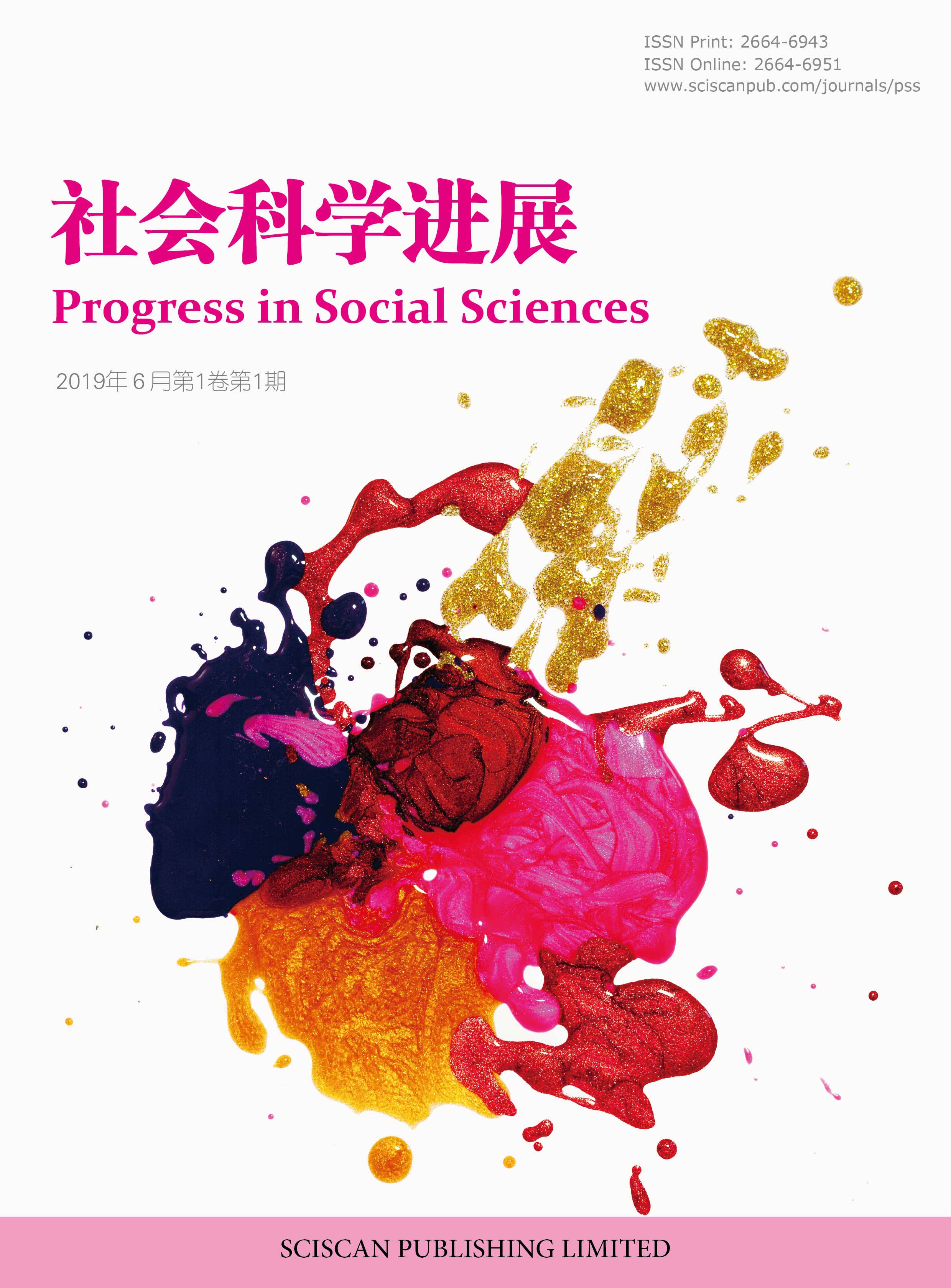Progress in Social Sciences
ISSN Print: 2664-6943
ISSN Online: 2664-6951
Contact Editorial Office
Subscribe to the latest published information from SCISCAN
吉美博物馆官网中国文物法语介绍对中华文化传播的效度分析
An Analysis of the Effectiveness of the French Introductions to Chinese Cultural Relics on the Official Website of the Guimet Museum in Disseminating Chinese Culture
- Authors: 黄珂维¹ 李非霏²
-
Information:
1. 上海外国语大学贤达经济人文学院,上海; 2. 法国国家博物馆,巴黎
-
Keywords:
Guimet museum; Effectiveness of cultural communication; International cultural publicity; Translation of cultural relics吉美博物馆; 文化传播效度; 文化外宣; 文物翻译
- Abstract: As tangible evidence of humanity’s cultural heritage, the primary value of cultural relics lies in the transmission of their cultural significance. For historical reasons, a vast number of Chinese cultural relics are housed in overseas museums, such as the Guimet Museum in France. These collections should serve as windows for the world to understand Chinese culture. However, foreign language introductions to these artifacts often suffer from issues like imbalanced focus and an overemphasis on form over meaning. This hinders the effective and accurate communication of cultural depth, ultimately undermining the international perception of Chinese cultural relics and the global dissemination of Chinese culture. Consequently, museums worldwide, along with foreign language and international communication agencies, should recognize the importance of cultural relics in external publicity. By adopting appropriate translation strategies and technical methods, Chinese relics around the world can be empowered to tell China’s stories well, thereby enhancing the overseas image of Chinese culture in a comprehensive manner. 作为人类文化遗产的实证,文物的价值首先在于其文化内涵的传递。由于历史原因,大量中国文物被收藏在以法国吉美博物馆为代表的海外博物馆,这些海外博物馆的馆藏中国文物本应是世界了解中华文化的窗口,却常因文物的外语介绍文本存在侧重失衡、重形轻义等问题,导致文化内涵不能有效、精准传递,影响了中国文物的国际形象和中华文化的对外传播。因此,海内外博物馆、外语及外宣机构都应重视文物对文化外宣的意义,借助适当的翻译策略与技术手段,让世界各地的中国文物讲好中国故事,全面提升中华文化的海外形象。
- DOI: https://doi.org/10.35534/pss.0710137
- Cite: 黄珂维,李非霏.吉美博物馆官网中国文物法语介绍对中华文化传播的效度分析[J].社会科学进展,2025,7(10):807-812.
















